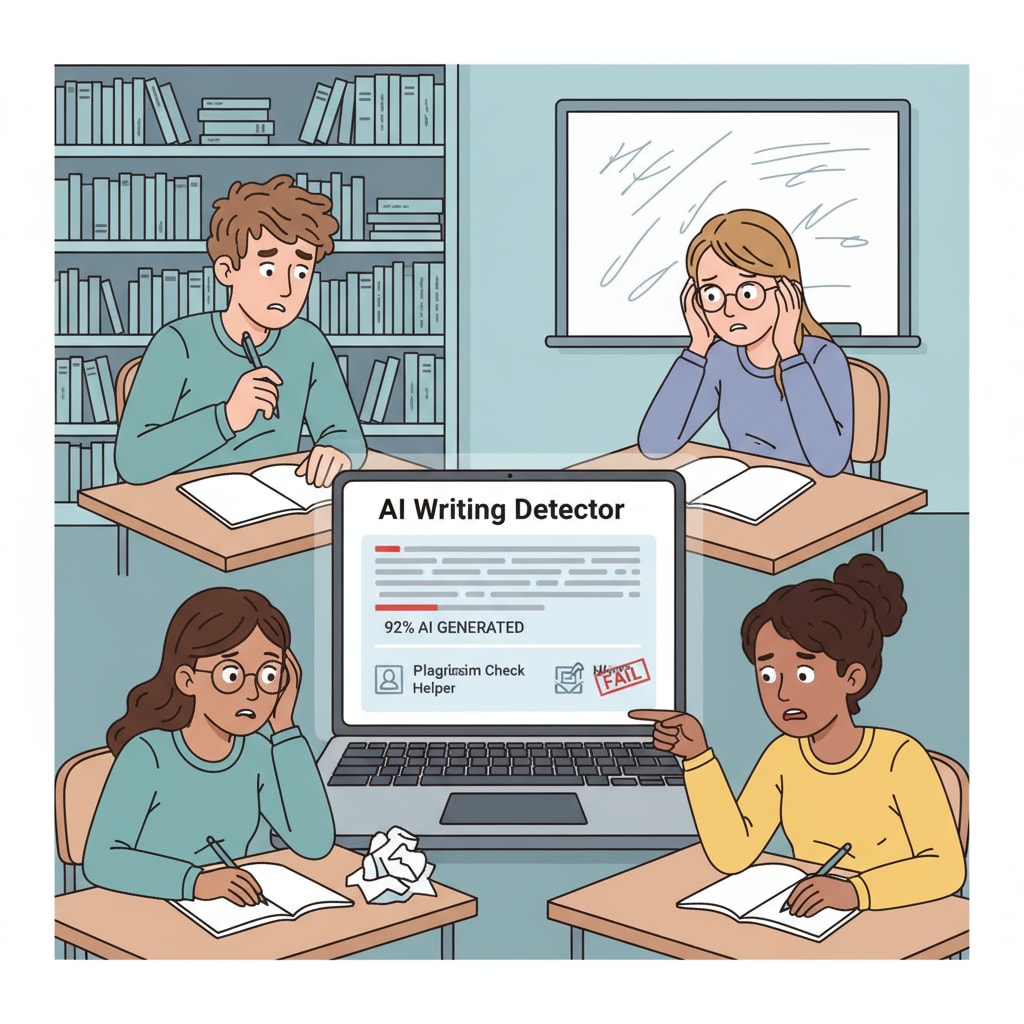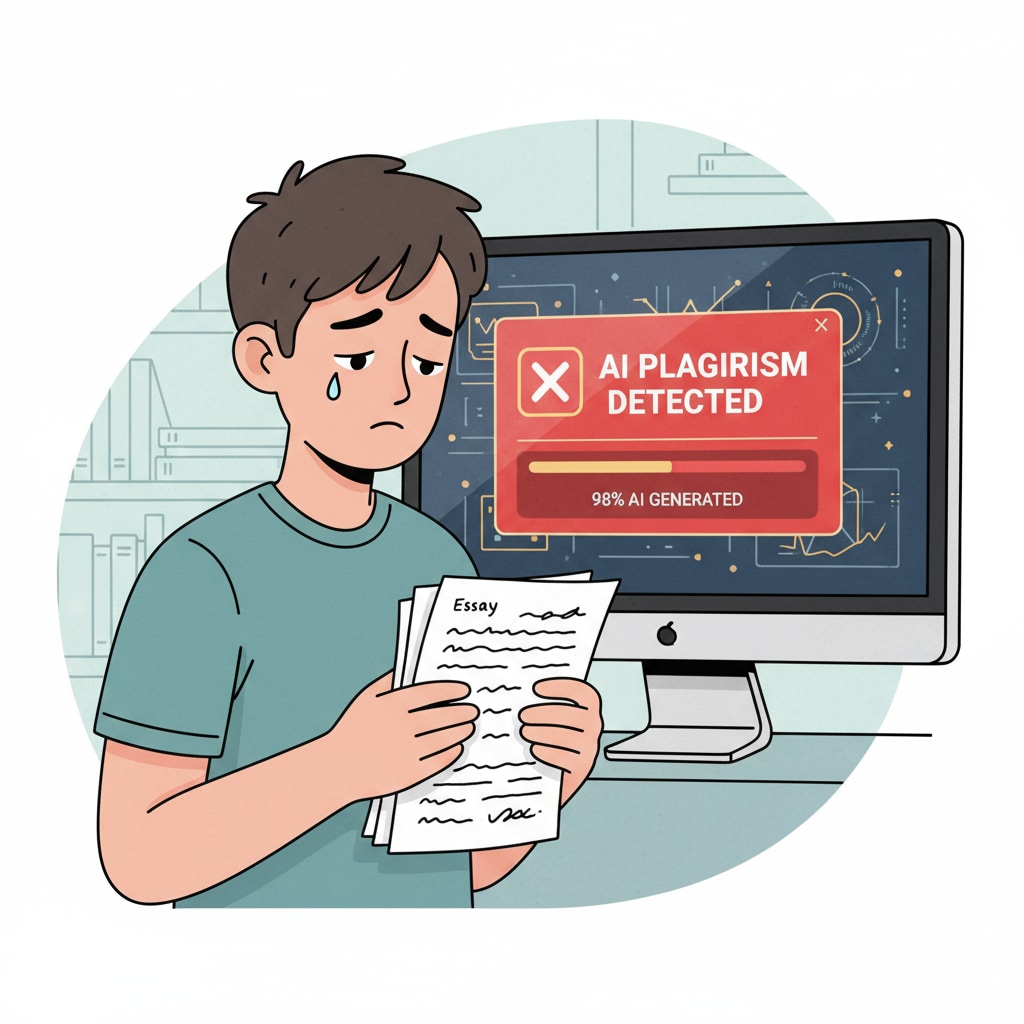In the realm of high school creative writing education, the introduction of AI detection tools has raised concerns about their impact on student creativity. These tools, while intended to combat academic dishonesty, are having unforeseen negative consequences.

As students strive to express their unique ideas and voices in creative writing, the shadow of AI detection looms large.
The False Alarms of AI Detection
One of the major issues is the high rate of false positives. AI detection tools often misclassify students’ original works as AI-generated. For example, a student who uses an innovative writing style or incorporates advanced vocabulary might be flagged. According to Education.com, many students have faced unjust accusations due to these inaccurate detections. This not only demoralizes the students but also undermines the teacher’s trust in their abilities.

Restriction of Creative Freedom
AI detection tools are also curbing students’ creative freedom. Fearing false accusations, students are becoming more conservative in their writing. They are reluctant to experiment with new ideas, unique narrative structures, or bold language. As a result, the rich tapestry of creative writing is being limited. TeachThought emphasizes that creativity in writing thrives on freedom of expression, which is now being stifled by these detection tools.
The negative impacts of AI detection tools on high school creative writing education are clear. False alarms and the restriction of creative freedom are just some of the issues. It’s crucial that educators and policymakers find a balance to protect the authenticity of students’ work without sacrificing their creative spirit. By doing so, we can ensure that high school students continue to develop their unique voices and talents in the field of creative writing.
Readability guidance: Using short paragraphs and lists helps summarize key points. Each H2 section can have a list for better clarity. Controlling the passive voice and long sentence ratio, and adding transitional words like “however”, “therefore”, “in addition”, “for example”, and “as a result” throughout the text enhances readability.


